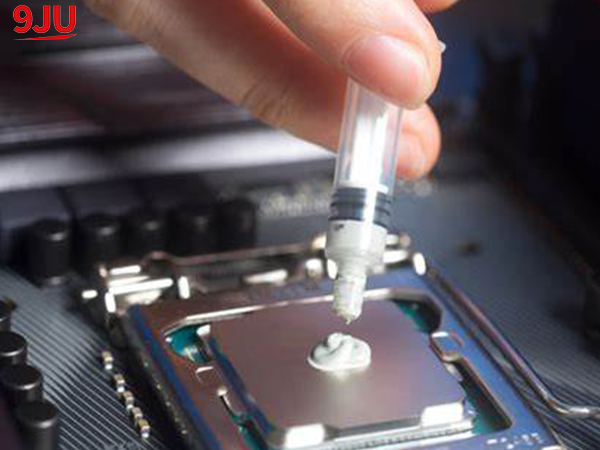Liquid metal is a new type of metal that provides better cooling. But is it really worth the risk?
In the world of computer hardware, the debate between thermal paste and liquid metal for CPU cooling has been heating up. As technology advances, liquid metal has become a promising alternative to traditional thermal paste with better cooling properties. But the question remains: Is it really worth the risk?
Thermal paste, also known as thermal paste or thermal grease, has been the standard choice for CPU cooling for years. It’s a substance applied between the CPU and the heatsink to fill in microscopic defects and provide better heat transfer. While it gets the job done effectively, it has limitations in how efficiently it conducts heat.
Liquid metal, on the other hand, is a relatively new entrant on the market and is popular for its superior thermal conductivity. It is made from a metal alloy and has the potential to provide better cooling performance compared to traditional thermal paste. However, there are risks associated with using liquid metal, such as its conductive properties, which can pose the threat of short circuits if used incorrectly.
So, which one is better? Ultimately it depends on the user’s specific needs and goals. For those who prioritize safety and ease of use, sticking with traditional thermal paste may be the right choice. However, for overclockers and enthusiasts who want to push their hardware to its limits, Liquid Metal could be an enticing option.
But before making a decision, it’s important to weigh the pros and cons of each option. While liquid metal conducts heat better, it can be difficult to apply and remove, and can damage the CPU and other components if not handled properly. Thermal paste, on the other hand, is easier to apply and poses minimal risk, but it may not provide the same level of cooling performance as liquid metal.
Ultimately, the choice between thermal paste and liquid metal comes down to a trade-off between performance and risk. If you can afford the risk and are confident in your ability to apply liquid metal correctly, it may be worth considering its potential cooling benefits. However, if you prioritize safety and ease of use, sticking with traditional thermal paste may be the more practical option.
In conclusion, the debate between thermal paste and liquid metal for CPU cooling continues, with no clear winner. Both options have their own pros and cons, and the final decision comes down to individual user preferences and priorities. Whichever option you choose, it is important to proceed with caution and carefully consider the potential risks involved.
Post time: Jan-08-2024


